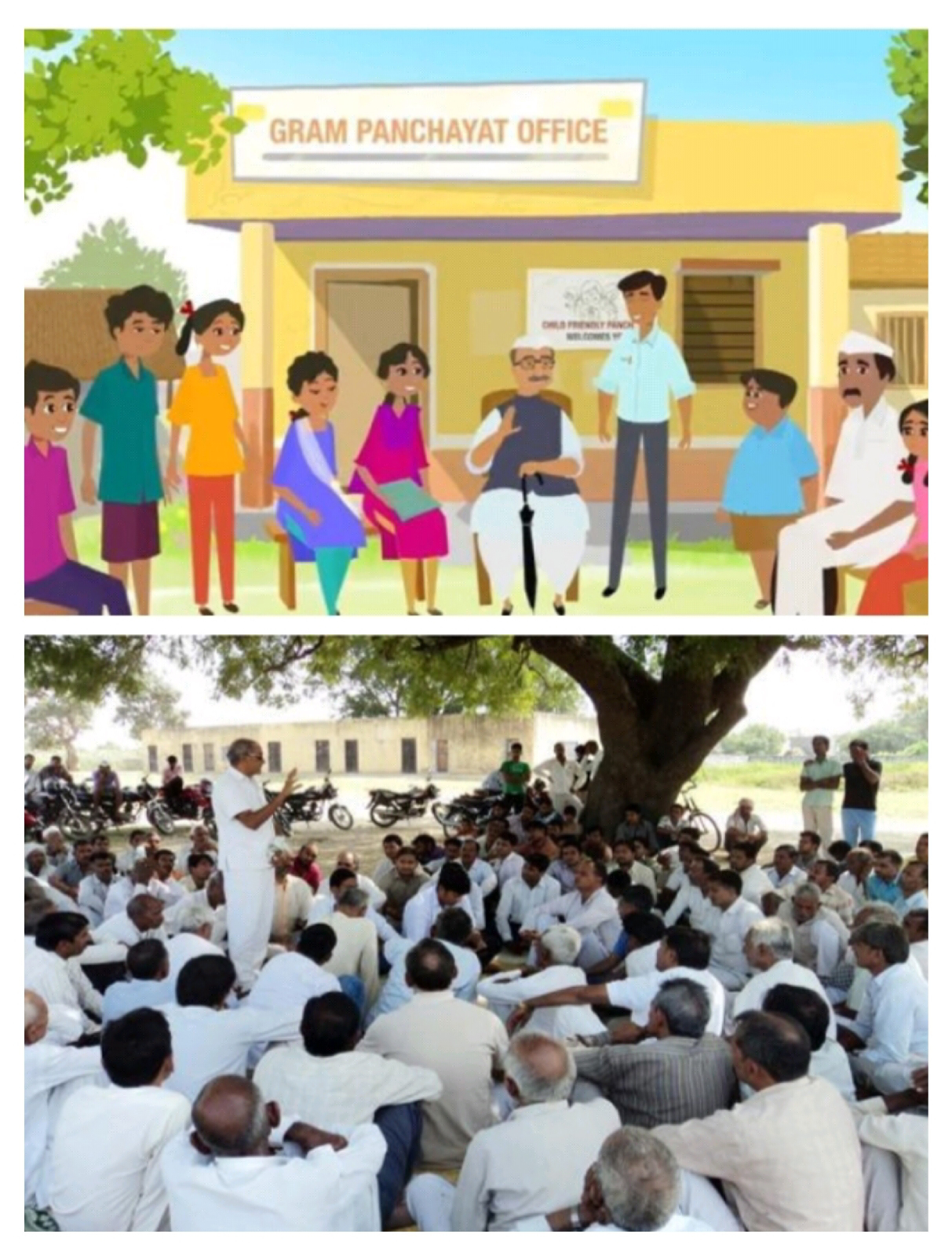NITI Aayog
On the 13 th of August, 2014, the Modi Government scrapped the 65-year-old Planning Commission and announced that it would be replaced by a new body. Accordingly, on January 1, 2015, the NITI Aayog (National Institution for Transforming India) was established as the successor to the Planning Commission.
However, it must be noted here that the NITI Aayog, like that of the Planning Commission, was also created by an executive resolution of the Government of India (ie., Union Cabinet). Hence, it is also neither a constitutional body not a statutory body. In other words, it is a non- constitutional or extra- constitutional body (i.e., not created by the Constitution) and a non-statutory body ( not created by an Act of the Parliament).
NITI Aayog is the premier policy
'Think Tank' of the Government of India,providing both directional and policy inputs. While designing strategic and long term policies and programmes for the Government of India, NITI Aayog also provides relevant technical advices to the center and states.
The composition of the NITI Aayog is as follows:
(a) Chairperson: The Prime Ministers of
India
(b) Governing Council: It comprises the
Chief Ministers of all the States, Chief Ministers of Union Territories with
Legislatures (ie., Delhi and Puducherry) and Lt. Governors of other Union Territories.
(C) Regional Councils: These are formed
to the address specific issues and contingencies impacting more than one state or a region.
(d) Special Invitees: Experts, specialists
and practitioners with relevant domain
Knowledge as special invitees nominated by the Prime Minister.
(e) Full-yime Organisational Framework: It comprises, in addition to the Prime Minister as the Chairperson.
(i) Vice- Chairperson: He is appointed
by the Prime Minister . He enjoys
the rank of a Cabinet Minister.
(ii) Members: Full-time. They enjoy the rank of a Minister of State.
(iii) Part-time Members: Maximum of 2, from leading universities, research organisation and other relevant
Institutions in an ex-officio capacity.
(iv) Ex-officio Members: Maximum of 4
Members of the Union Council of Ministers to be nominated by the
Prime Minister.
(V) Chief Executive Officer: He is appointed by the prime minister for
a fixed tenure, in the rank of . secretary to the Government of India.
(Vi) Secretariat: As deemed necessary.




Comments
Post a Comment